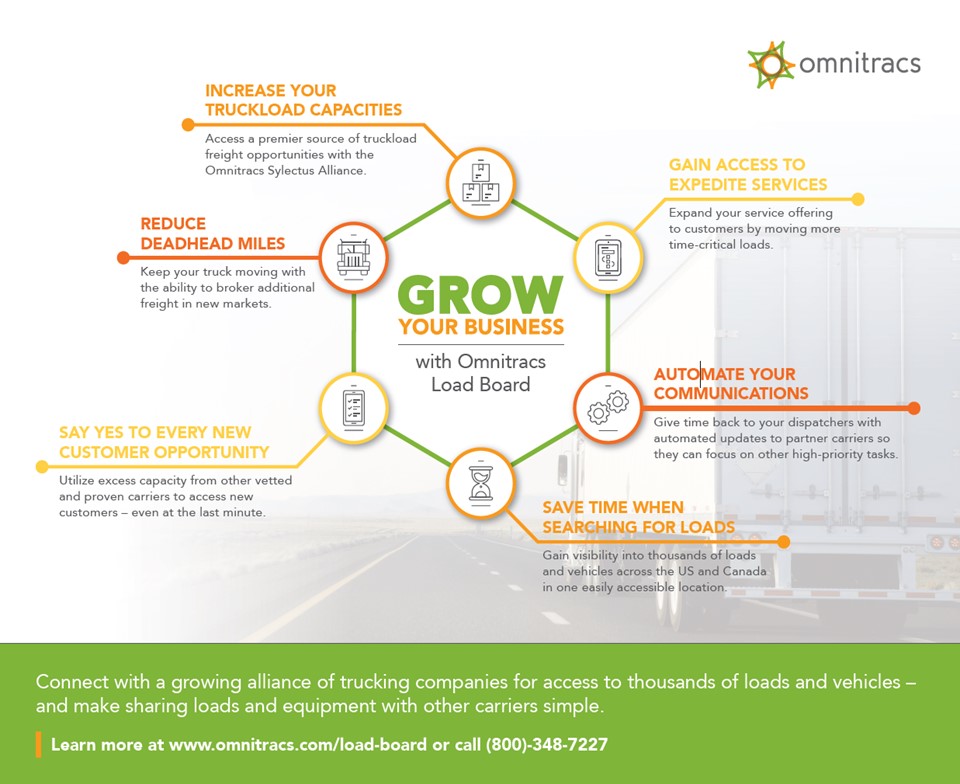What is route optimization?
Route optimization is, as the term implies, the process of improving route planning for the driver, the customer, and the company. Drivers need to get to the next stop as soon as possible. Customers need deliveries to arrive at certain times in certain locations. Finally, the company needs to get as many deliveries to as many stops as possible.
Route optimization isn’t new. As customer expectations continue to rise, ensuring that routing is as efficient as possible is becoming more and more relevant to fleet management providers looking to grow their business while ensuring customer satisfaction.
With high volumes of customer orders to organize, rising fuel costs to keep in mind, evolving driver and fleet management needs, changing road and traffic conditions, and tight time windows, route optimization is more than finding the shortest distance between two stops.
Whether your fleet utilizes route planning software or not, route optimization occurs in three cyclical phases:
- Strategic planning
- Daily routing
- Analyzation and calibration
Let’s dive into each phase, look at some of the most common challenges in each, and discover how to face those challenges.
Strategic Planning
The most effective route optimization starts weeks or months before delivery is set to take place by taking into account recurring deliveries, custom service times, seasonal spikes, and territory overlaps.
Challenge
Aside from times of crisis or emergency, deliveries to places like grocery stores are fairly predictable and consistent. Because they’re so frequent, they can cost teams ample time in daily or weekly route planning, scheduling, and, mapping.See Solutions
Identify and analyze your recurring deliveries to determine how much your drivers are picking up or delivering and how long that stop will take. With those recurring trips accounted for, your route planning efforts can go towards the new, unfamiliar, or unpredictable routes.
Challenge
Your driver is falling behind on the second half of their route, all because of some eggs. Some deliveries take a little more time to complete than others. An experienced route planner keeps this in mind when optimizing routes, so drivers aren’t working late when a longer-than-most delivery throws off their schedule. However, this can push a routing planning professional to working hours into the night.See Solutions
Optimize routes in advance by taking into account stops that may require more time than others. This will give you more time to think through increasing or decreasing service times on a delivery-by-delivery basis. So you, your drivers, or your customers aren’t caught off guard on the day of delivery.Challenge
Customers are upset because extra fees are being added to their invoices. The cost of service is what it is, but without accurate information on fixed and variable costs, pricers can’t offer accurate rates up front.See Solutions
Balance the cost of adding a new customer with operating costs route planners have insight into, such as fixed costs like insurance, leasing and license fees, special equipment, and variable costs like fuel, tires, repairs, and labor costs. Then, you can offer your potential customer the most accurate rate possible.
Daily Routing
Don’t let anyone tell you route optimization is easy. Even with upfront planning, routers have to ensure vehicles are ready to hit the road, trucks leave fully packed, and drivers get to the right loading and unloading zones daily.
Challenge
From fuel, labor, and vehicle wear and tear, costs grow exponentially with every delivery vehicle your company puts on the road. How can you ensure you’re providing the best customer service with the least number of resources?See Solutions
Set capacity thresholds to ensure each delivery vehicle you send out is optimally full and that the number of deliveries is balanced between your delivery fleet. That becomes more and more difficult as your company grows and the number of stops increases. That’s where a daily routing solution comes into play.Challenge
Sometimes deliveries are placed on vehicles that can’t legally get them to their destination. This causes delays for customers and re-rerouting for the driver.See Solutions
Set travel rules, so vehicles don’t drive down roads with commercial, hazmat, or height/weight restrictions. Another tip: employ navigation software designed for commercial vehicles to avoid restricted roads and events such as bridge strikes.Challenge
Your driver has arrived at the delivery address provided by the customer, walked to the rear of the vehicle, inspected, scanned-off the package, and walked to the front door to discover a sign that reads “Deliveries in rear.”See Solutions
Not only can you have drivers notify dispatchers to update the delivery details for the customer’s next delivery, but you can also use geocoding to automatically route drivers directly to the loading dock — saving time and reducing frustration for your drivers.Analyzation and Calibration
You’ve planned the routes, executed your deliveries, and haven’t received any customer complaints — it’s been a good day. Though many carriers can get by with strategic planning and routing, forward-thinking companies take the time to compare their execution to their plans. This third step is crucial if you intend to take on new customers effectively while balancing costs.
Challenge
Your drivers and dispatchers are constantly sharing information like changing customer preferences, on-the-road wear and tear, and traffic conditions between themselves via phone calls, email, and text. This leads to data fragmentation and limits your view of fleet-wide optimizations that could be made.See Solutions
Get the analytics you need to better manage costs and performance with fleet telematics and mobile devices that record location and vehicle performance data in one place – a cloud-native platform.Challenge
Every informational transaction across your fleet is a large number of transactions. Trying to sift through all of that data, looking for patterns that indicate route optimizations can be an exhausting — possibly impossible – task.See Solutions
Fortunately, partnering with an experienced route optimization solution provider can help in this area. The most experienced providers know which KPIs are important for route optimization and can provide intuitive dashboards to help you find actionable insights.Challenge
Gaining access to comprehensive fleet telematics is beneficial. However, if your daily route data isn’t being delivered to the right hands every day, you can miss out on the valuable insight that comes with monitoring analytics and key performance indicators regularly.See Solutions
Route and fleet managers as well as dispatchers can stay proactive with daily scheduled reports around essential route data. With this visibility, they can better inform future trip decisions in the coming days and remain aware of potentially hazardous, metrics-based indicators.Speak to a specialist today
Complete the form to have a sales representative contact you, or call +1 (800) 348-7227 for more information.


